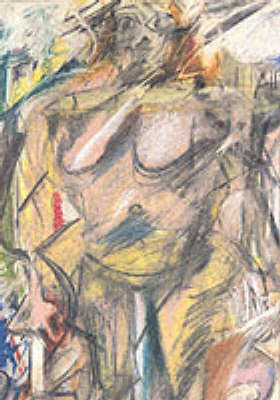Willem de Kooning, one of the pioneers of Abstract Expressionism, experimented with the human form throughout his career. An artist deeply sceptical about Western ideals of beauty, he focused on anatomical fragmentation and spatial ambiguity to express the fleeting nature of the individual. This book, published in conjunction with an exhibition originating at The Museum of Contemporary Art, Los Angeles, explores de Kooning's drawings of the female form between 1940 and 1955. It reveals an artist who struggled to eliminate traditional barriers between drawing and painting as he explored ambiguities between the figure and its background. De Kooning relied on early-20th-century abstraction in his initial attempts to redefine the figure, drawing and re-drawing the same line until he resolved the image. Beginning in 1947-49, he synthesized abstraction and figuration, dismembering figures and rearranging them with seeming randomness. As his figural compositions developed, geometric configurations transformed into architectural elements (suggesting windows, doors, mirrors, paintings and furniture) to create ambiguous space. In 1951, de Kooning abruptly returned to depictions of women.
Usi
- ISBN10 069109618X
- ISBN13 9780691096186
- Publish Date 7 April 2002
- Publish Status Out of Print
- Out of Print 16 January 2011
- Publish Country US
- Imprint Princeton University Press
- Format Hardcover
- Pages 200
- Language English
- URL https://press.princeton.edu/titles/7245.html
